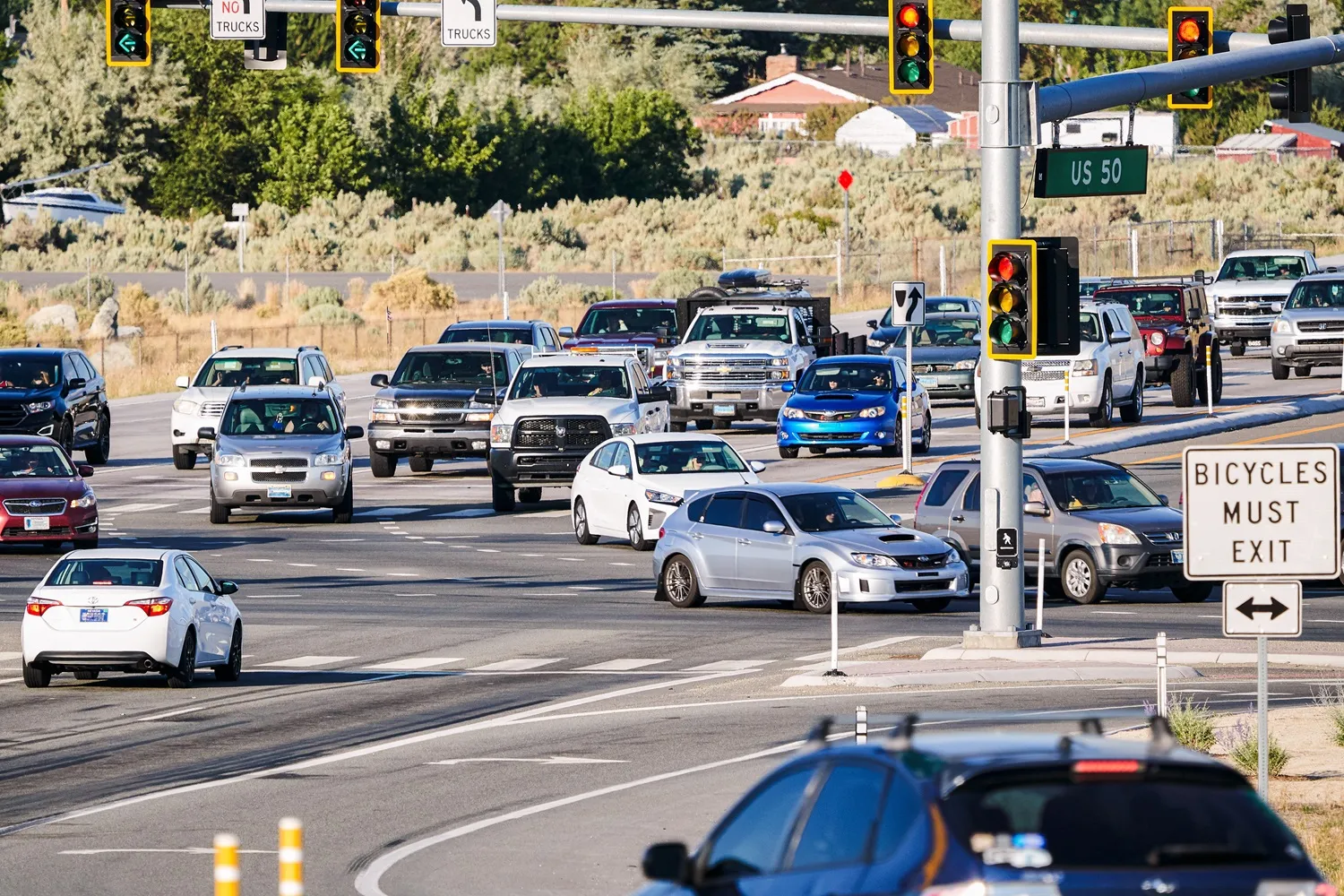
There are demonstrations of
The RIM features allow organisations to efficiently manage incidents on the roadway or with roadway infrastructure in a consistent manner while the TIC system can define and track predefined incident response plans to provide operators with a step-by-step response process. It also tracks each action, enabling a review of the response to decide how well the incident was handled and if changes can be made to improve the response to future incidents.
The Work Zone feature is designed to reduce the traffic impact of work zones by sharing accurate information including location and activities, planned and actual duration, traffic control, lane use and restrictions.
TIC can also check and detect conflicts with diversion routes specified for other neighbouring work zones and for routes recommended for navigation system.
Work zones can also be verified by comparing other sources such as cameras and real-time traffic flow. According to the company, TIC is ‘Smart Work Zone’ compatible and has the ability to connect to smart traffic cones, connected work zone trailers and mobile work zone data entry devices. Also highlighted on the booth is the company’s recently released features for oversize/overweight vehicles.
This includes the ability to check intended routes of oversize/overweight vehicles for any restrictions such as work zones and incidents as well as for other limitations such as tunnels and bridges.









